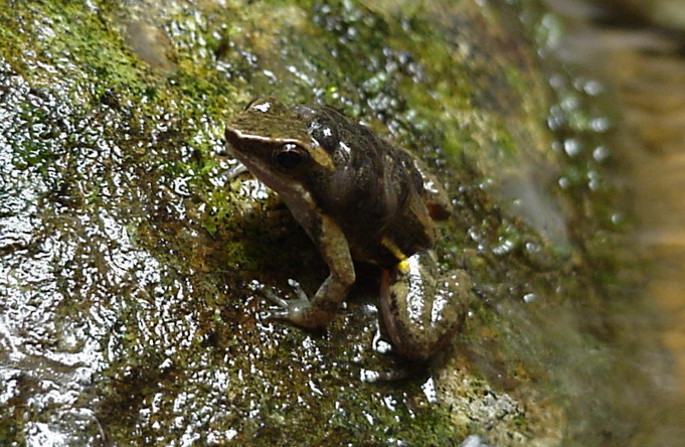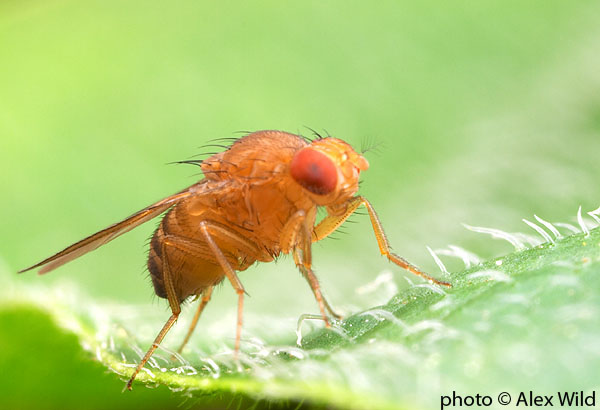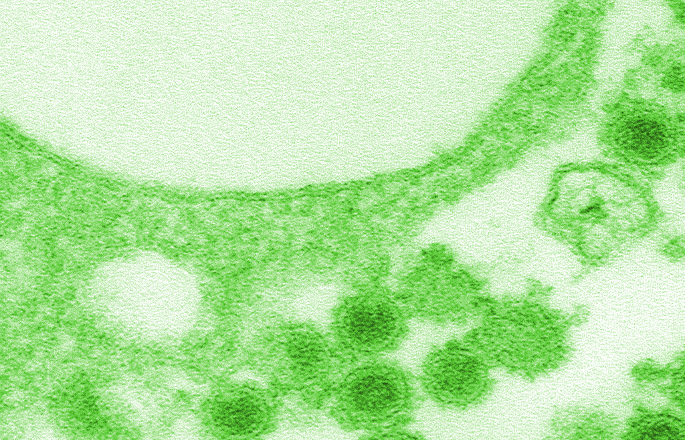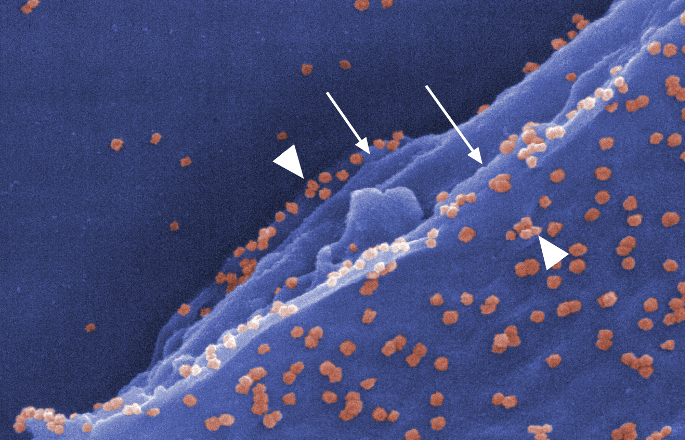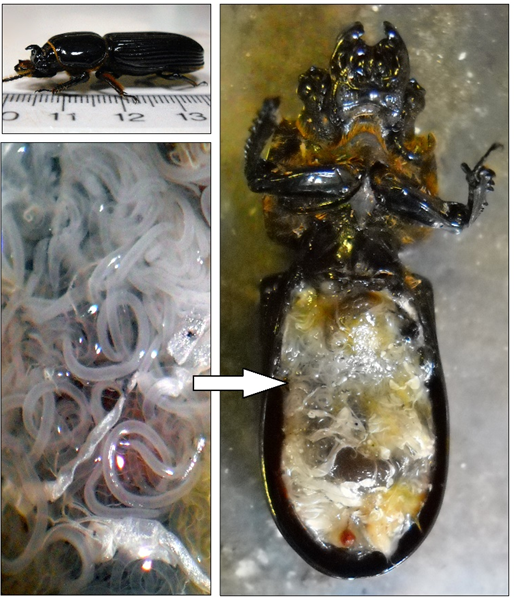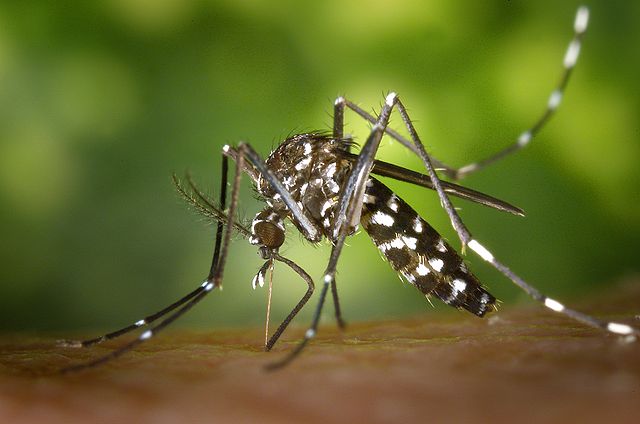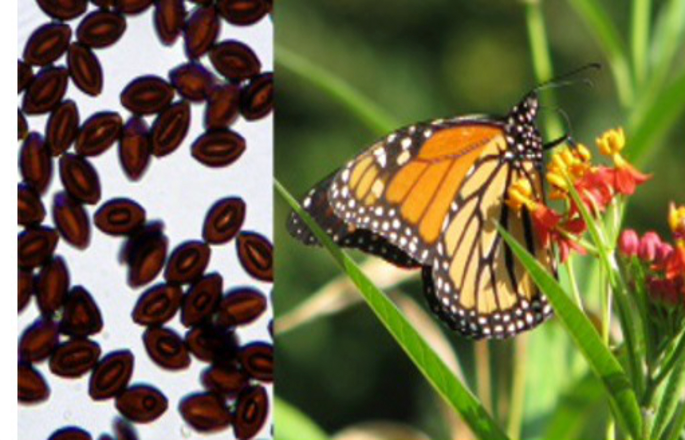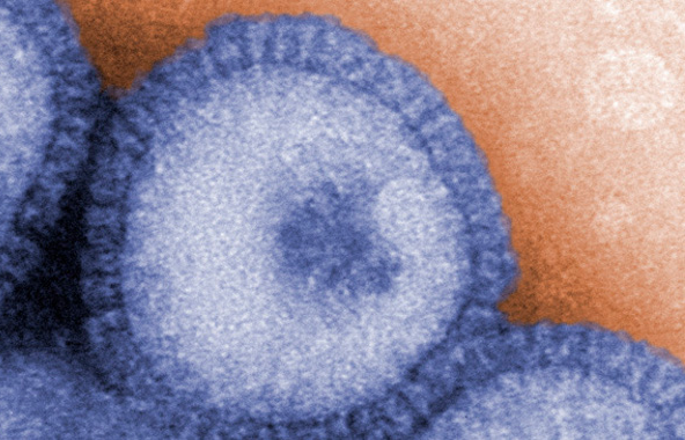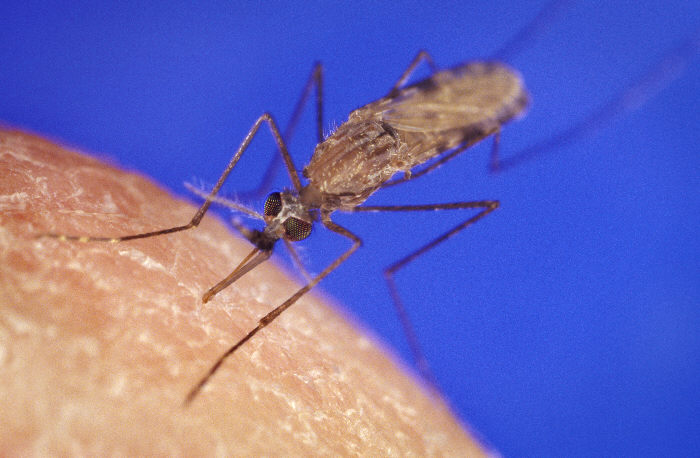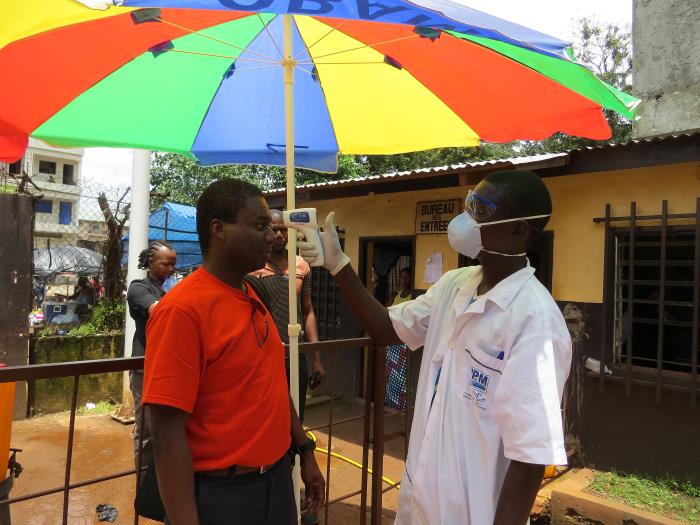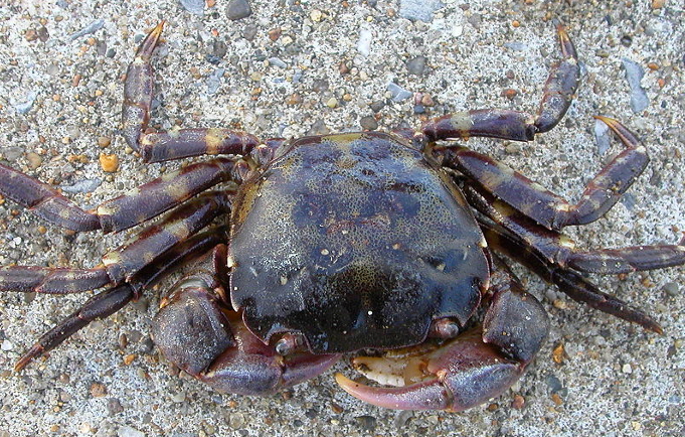Using Environmental and Natural History Traits to Predict On-going Global Amphibian Die-offs
Kristina Frogoso, a student from the University of Arkansas at Little Rock, worked with Dr. Scott Connelly to examine the threat of a fungal pathogen to amphibian populations. Abstract: Biodiversity loss is occurring in substantial rates, and more specifically we are seeing major amphibian declines due to infectious diseases. One infectious disease in particular is

